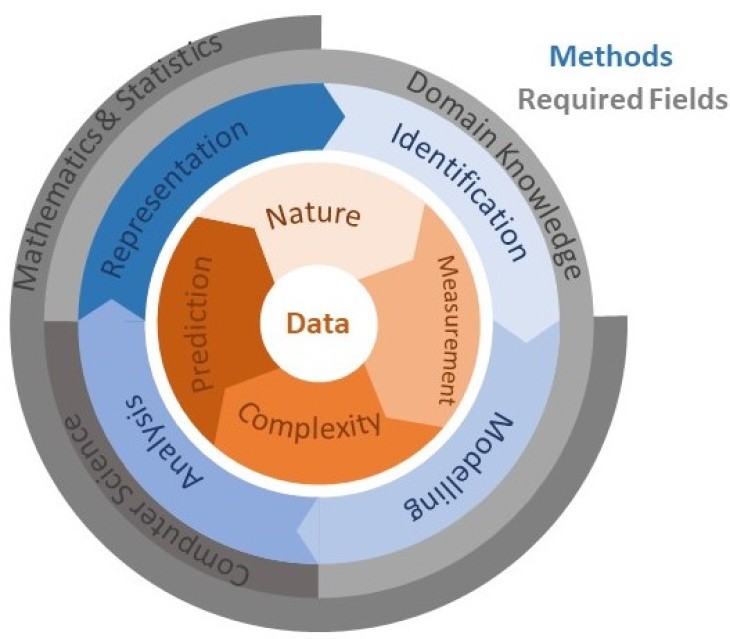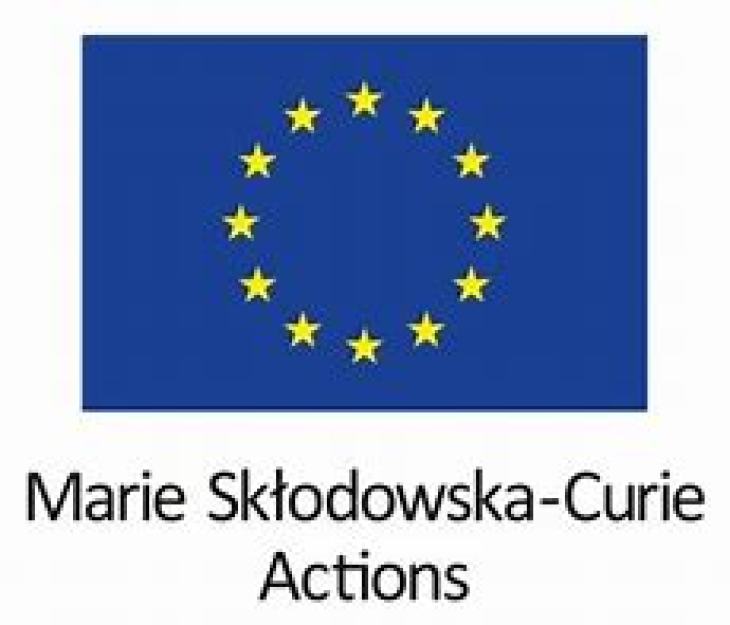Projects
The MBS department is involved in various projects of the Metallic Biomaterials institute, which are or have been conducted within different national and international research networks.
I2B – MagLoad
Data science based analysis of Mg degradation sensitivity to load induced microstructural changes in biodegradable Mg implants

MgLoad graphical abstract
Project partners: Functional Magnesium Materials (MGF) & Department for Imaging and Data science (MBS)
The degradation behaviour of an implant controls its function and lifetime. Thus, the relationship between the degradation and material deformation occurring during implantation as well as during the service is crucial for the performance of the implant. Therefore, electrochemical processes responsible for the degradation process as such have to be coupled with microstructural displacements resulting from mechanical load. The challenging aspect here is that on one hand the degradation processes are still not fully understood because they are extremely complex in a physiological environment. On the other hand, the impact of load on these processes is not studied yet.
Within the project MagLoad this problem is tackled with the aid of data science methods to extract physiochemical relationships from measured datasets of various sources. By this a physiochemical Digital Twin (DT) with cross-cutting character will be created which is also relevant e.g. for transport applications, corrosion of loaded structures, and biodegradable implants.
The project consists out of three work packages aim at specific task to achene the project goal:
1. Generating necessary datasets for degradation under load conditions which have not been studied yet with the required precision and depth.
2. Correlation and analysis of the existing and newly acquired data to find the underlying working mechanisms and correlations.
3. Development of a detailed Digital Twin by incorporating und describing the principle mechanisms driving the degradation under load.
BMBF Computational Life Sciences - MDLMA
MDLMA - Multi-task Deep Learning for Large-scale Multimodal Biomedical Image Analysis
In order to be able to efficiently process and analyze the ever-growing number of biomedical data from a wide variety of sources or imaging modalities, the project will develop generic deep learning (DL) methods.
The methods and software tools developed in the project are used to study and develop biodegradable magnesium-based implant materials.
Under the leadership of Prof. R. Willumeit-Römer, the project will involve the Hereon, two institutes of the University of Lübeck, DESY and the company Syntellix AG.
HGF Incubator - Uncertainty Quantification

Uncertainty Quantification
Uncertainty Quantification - From Data To Reliable Knowledge
Science has entered an era in which an avalanche of data becomes available, and Helmholtz researchers are at the forefront of experimental and simulation sciences contributing to this development. One of the biggest challenges nowadays is to use such data to solve the major questions asked by society, science and economy.
Both data and methods are subject to uncertainty, which is often considered as unavoidable burden in real-world applications. Using appropriate analytical methods, however, uncertainty can be turned into a valuable source of information.
The aim of this project is to provide a common framework for knowledge transfer in the area of uncertainty quantification (UQ). It will connect applied researchers with those from mathematics, statistics and computer science. In addition, we will build collaborations between research centers and application areas in order to fully exploit the decentralized expertise of the Helmholtz Association.
The project will involve a total of seven Helmholtz centers working together. The task of our group at the Hereon will be to link the computer modeling of magnesium alloy corrosion with the many available data to quantify the predictive power of the model based on the amount and quality of the data used as input and validation.
EU MSCA ETN - MgSafe

MgSafe Logo
Promoting patient safety by a novel combination of imaging technologies for biodegradable magnesium implants
As part of the Marie Skłodowska Curie Action (MSCA) the European Training Network MgSafe, 15 young researchers will investigate biodegradable magnesium implants. The project is coordinated by the Helmholtz Zentrum Geesthacht (Hereon); it brings together eight universities and research institutions as well as four technology companies from eight European countries. The European Union (EU) provides a funding programme of about four million euros.
For their research, the young scientists will use various imaging methods, which will enable them to most precisely monitor the behaviour of magnesium implants during the process of bio-compatible degradation.The obtained multimodal imaging data will be combined with molecular biological / biochemical analysis, thereby increasing the information about physiological changes. All relevant biological and chemical in vivo and ex vivo data will be merged by computational 3D methods, simulations and machine learning approaches.
Prof. Dr. Regine Willumeit-Römer, coordinator of the project and Head of the Metallic Biomaterials Division at the Helmholtz Zentrum in Geesthacht, explains: "Biomedical imaging is fundamental to both diagnosis and therapy, because we need to monitor the behaviour of the degrading implant materials. There is still need for improvement as far as the new class of biodegradable magnesium-based implants is concerned. In the MgSafe project, we will establish new techniques while educating 15 PhD students interdisciplinary in both imaging and implant technologies."

This project has received funding from the European Union’s Horizon 2020 research and innovation programme under the Marie Skłodowska-Curie grant agreement No 811226
BMBF RÅC - SynchroLoad (2016-2020)
SynchroLoad - Failure in biodegradable metal implants
A Swedish-German research collaboration in the fields of materials science and structural biology (Röntgen-Ångström-Cluster).
In this project, we aim to understand how implant degradation and failure mechanisms work for a biodegradable Mg implant where corrosion processes and (bio)chemistry form a complex network of interactions in the living system. The tissue-to-implant interface will be fully characterized biomechanically, morphologically, biologically and chemically. Finally, a comparison of the bone structure around different implant materials will be performed.
MgBone (2016 -2019)
MgBone - Multimodal imaging for structural analysis of bone modeling induced by degraded magnesium implants
Cooperation in the context of the funding sheme research on condensed matter on large devices. There are three partners: The Molecular Imaging North Competence Ceter (MOIN CC) in Kiel, the Helmholtz Center Geesthacht (Hereon) and the Department of Prosthodontics of the University of Malmö (MAH).
The aim of the project was to jointly create a measurement and evaluation environment and competence network with the help of which the biomechanical, biomedical, biochemical and physical suitability of innovative implants can be evaluated.
One focus of Hereon was the further development of established synchrotron technologies with regard to new sample environments. Drafts and concepts for a push-out cell were developed with which the mechanical stresses in bone and implant can be characterized in situ using X-ray scattering techniques.
Another task of Hereon was to examine Mg implants in bone using various synchrotron techniques and merge the results (multimodal evaluation chain). The samples were first characterized using high-resolution synchrotron tomography (SRμCT) in order to study the morphology of the implant, the bone and the degradation products. Investigations with high-resolution small and wide angle scattering (SAXS and XRD) were then carried out in order to assess the bone ultrastructure at the bone-implant interface .
It could be shown that hydroxyapatite crystals in the newly formed bone are much more disordered than in areas that are more distant.
Data obtained in the project enable conclusions about the type of new bone formation at the implant interface and thus contribute to the development of future implants. The aim is to develop implant material specifically with regard to its interaction with bone tissue. This can only succeed if we understand the mutual influence of bone healing and magnesium corrosion.



